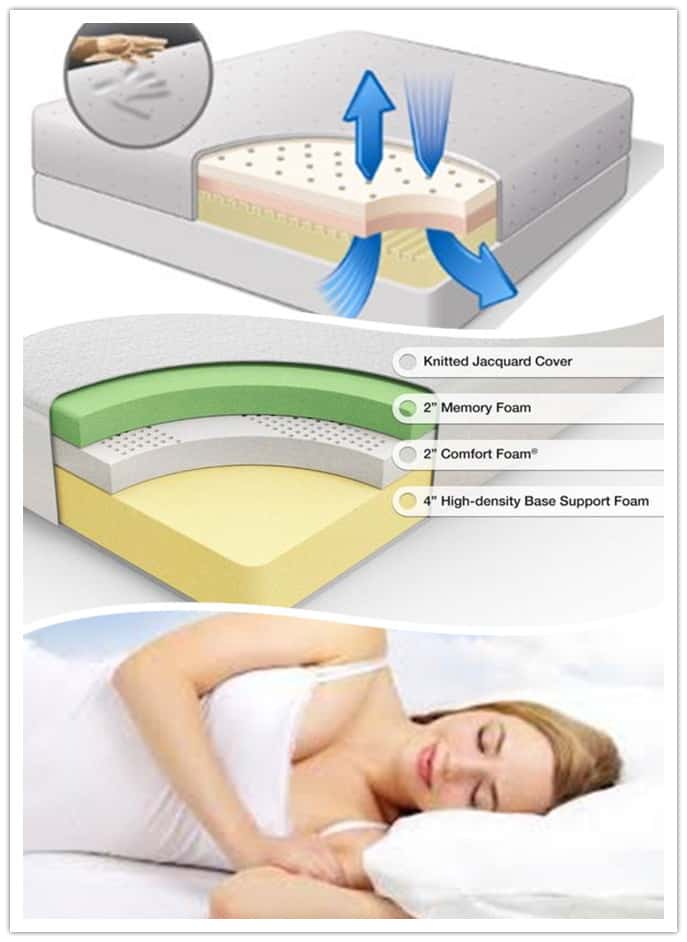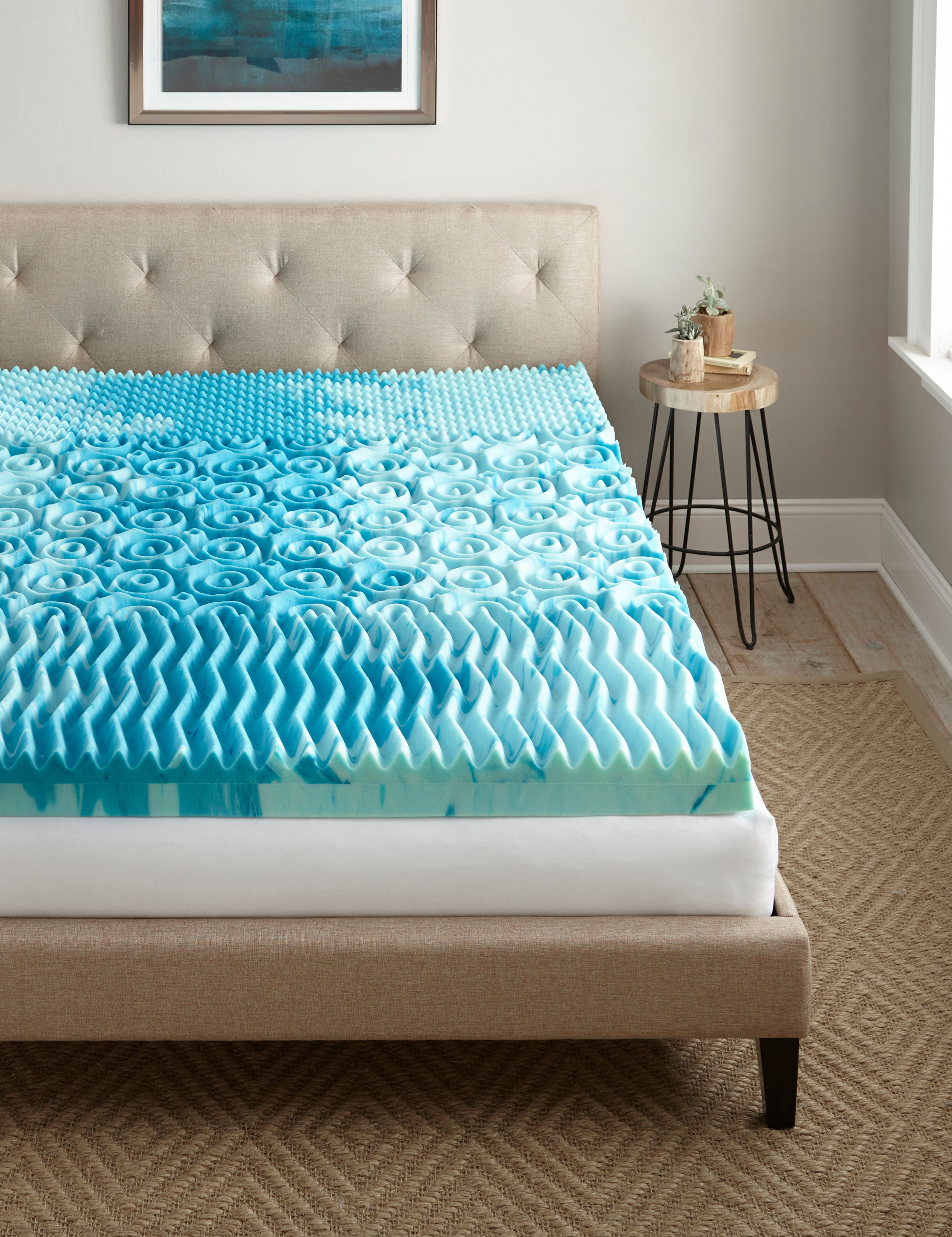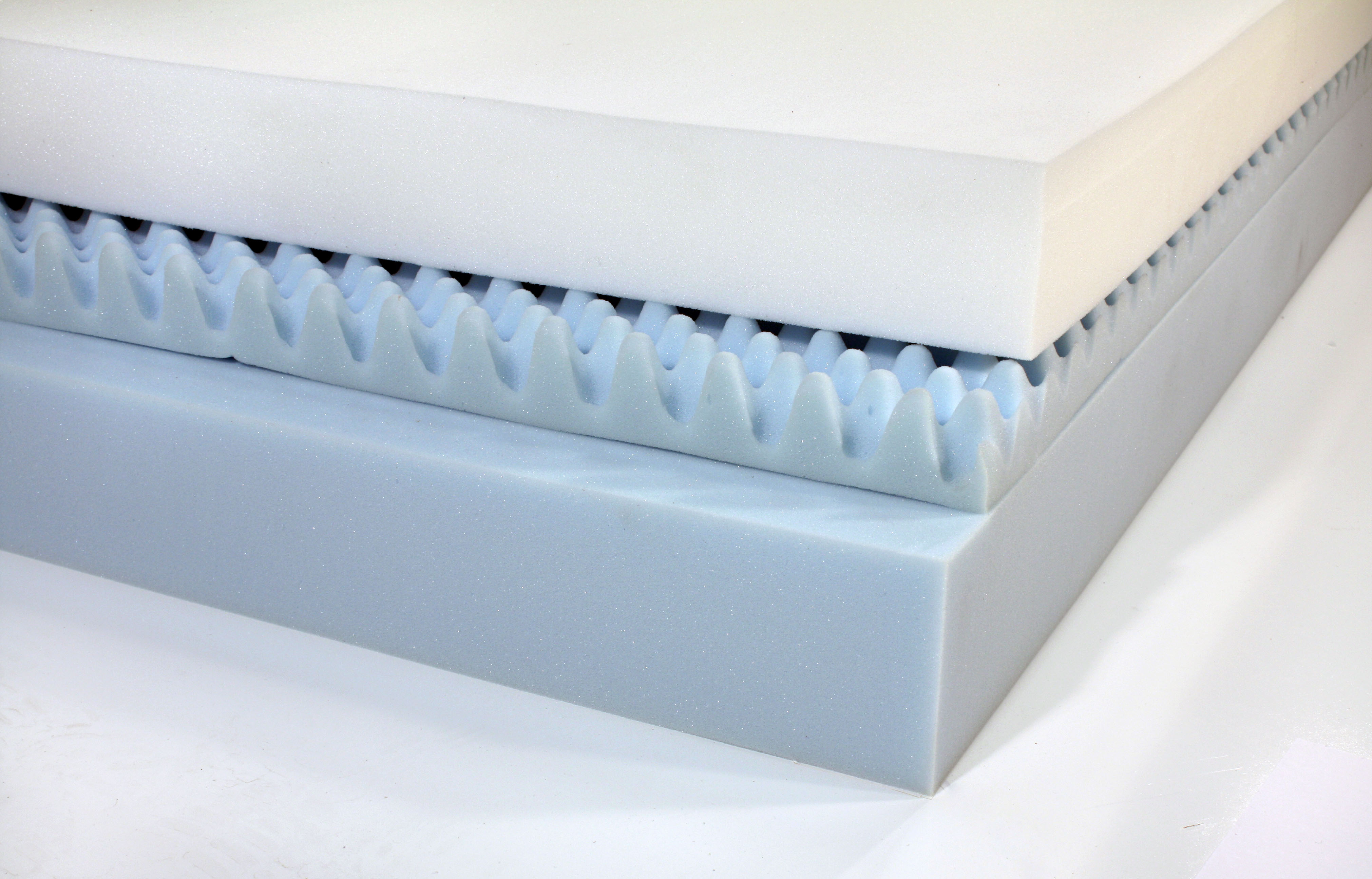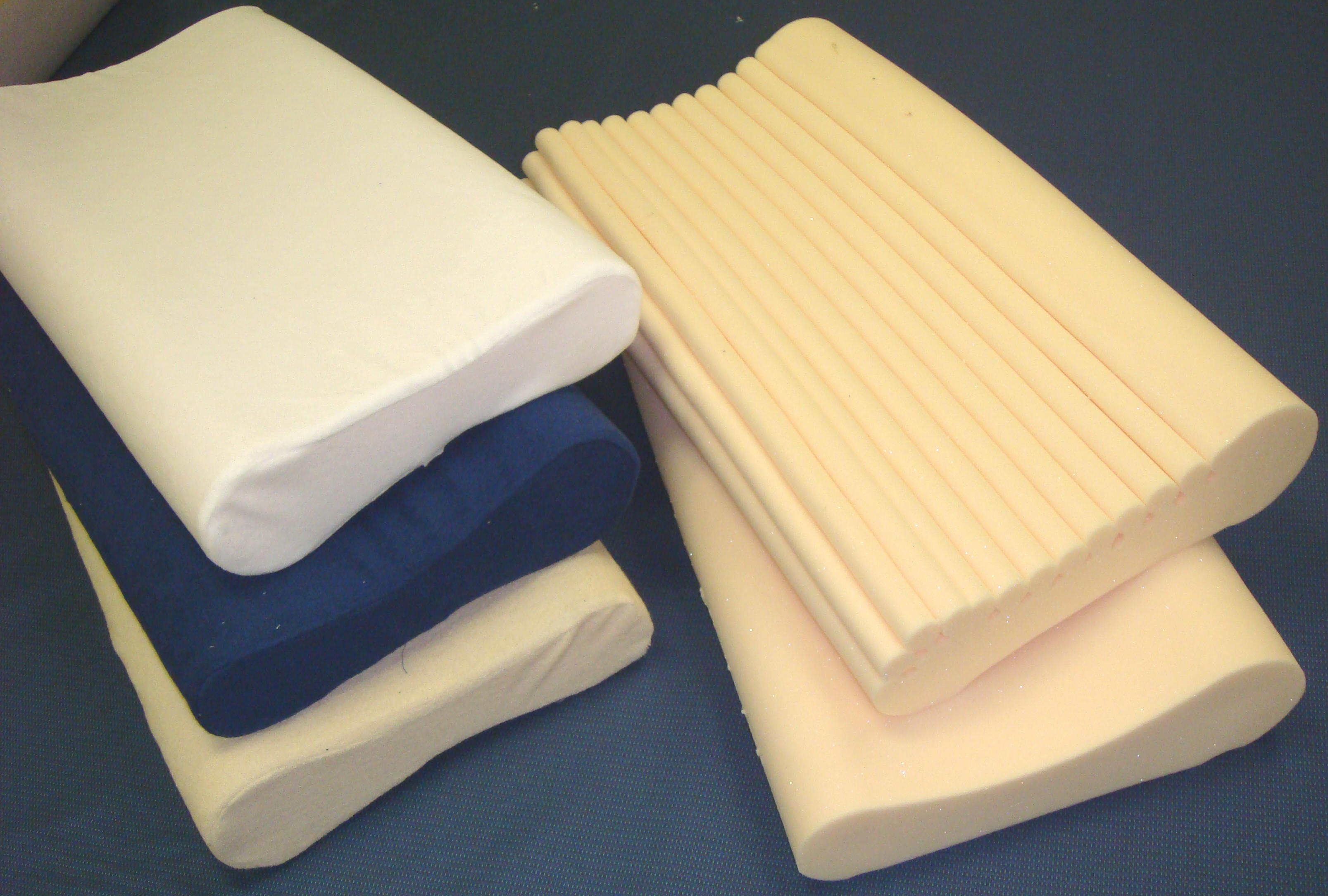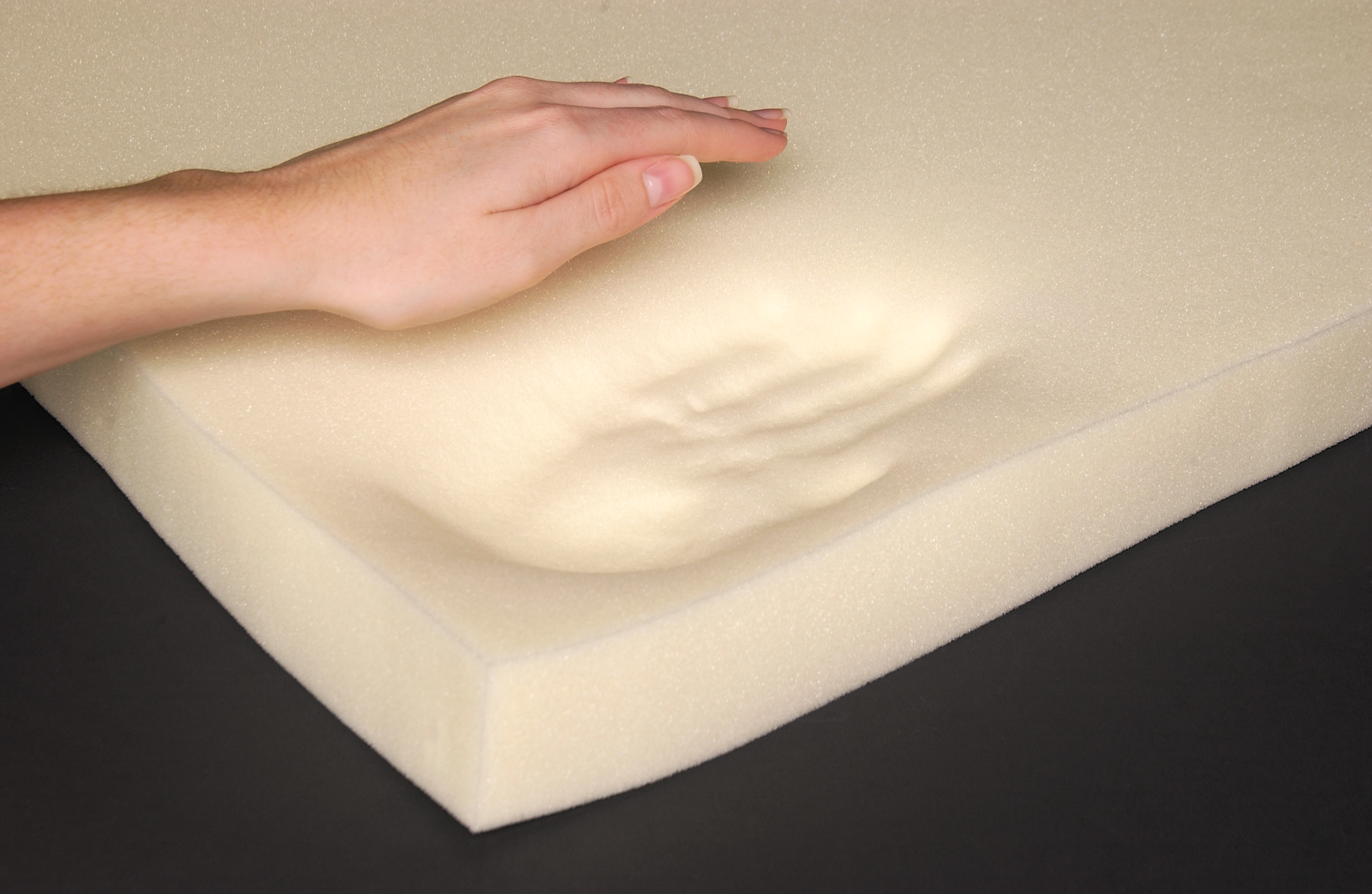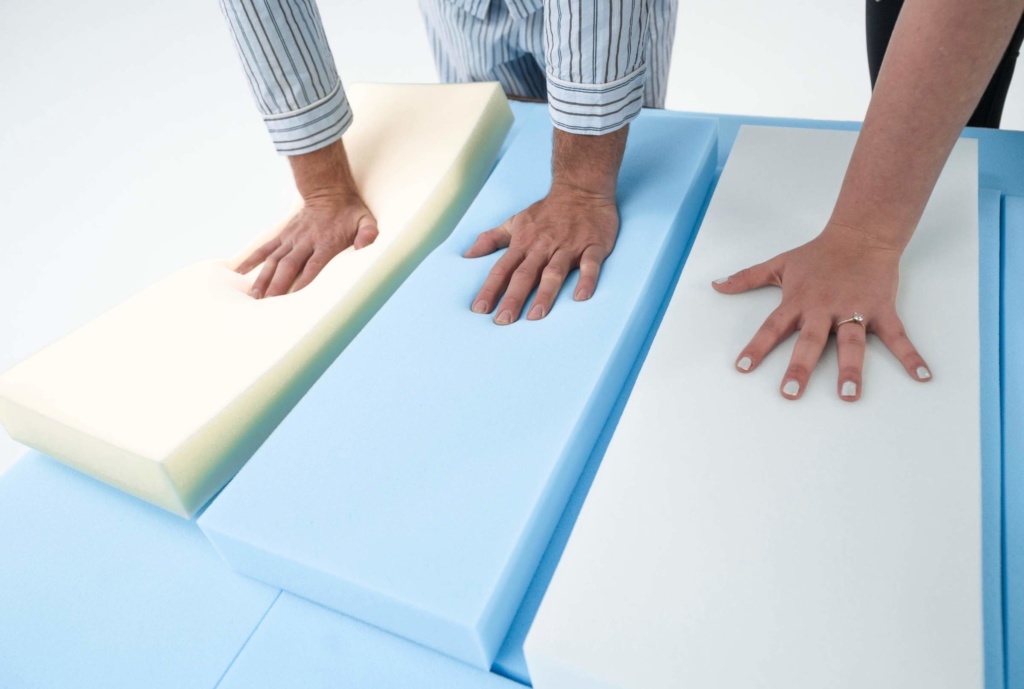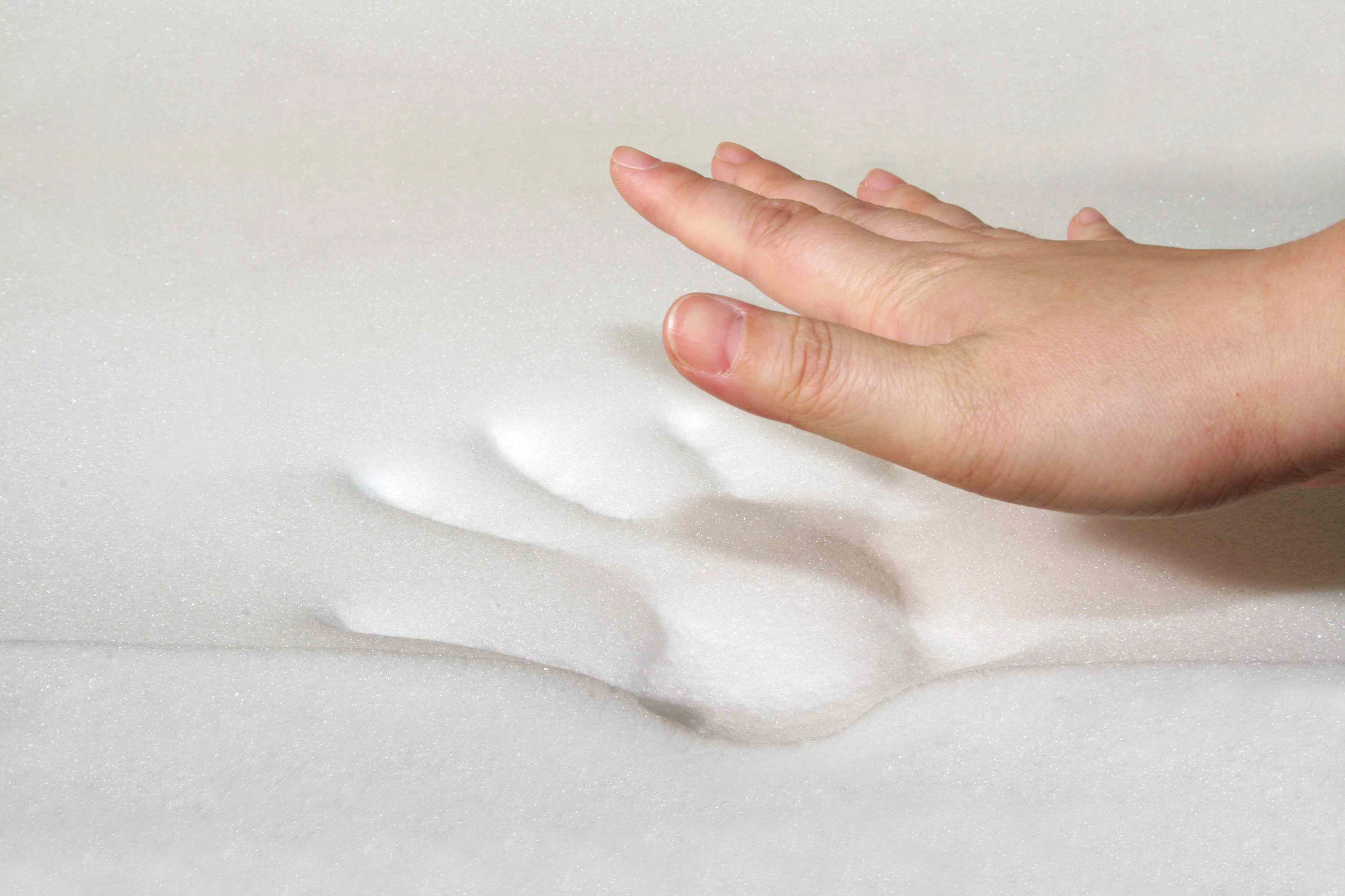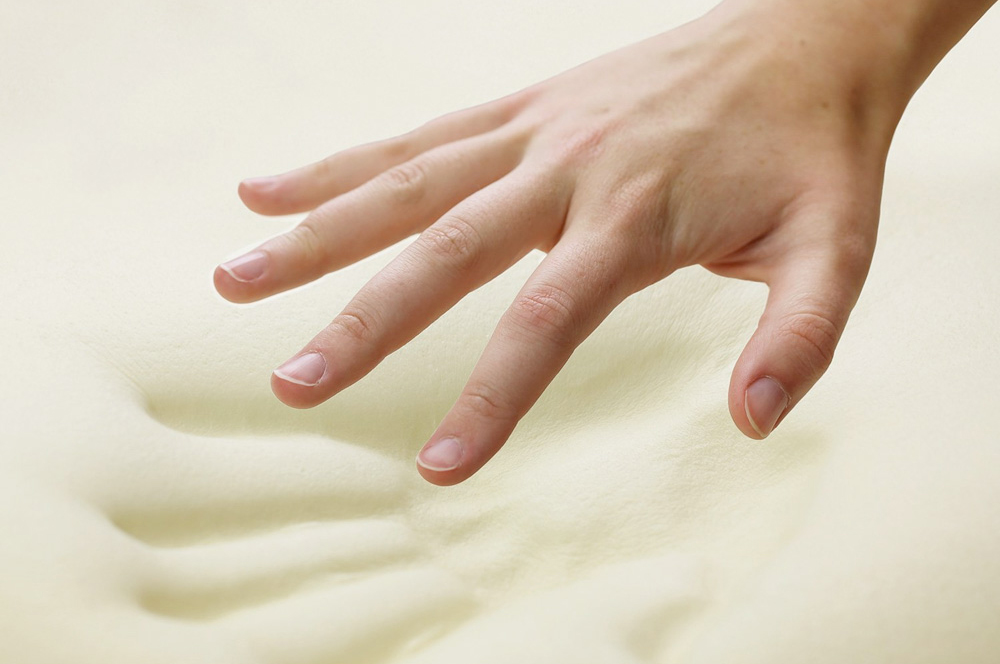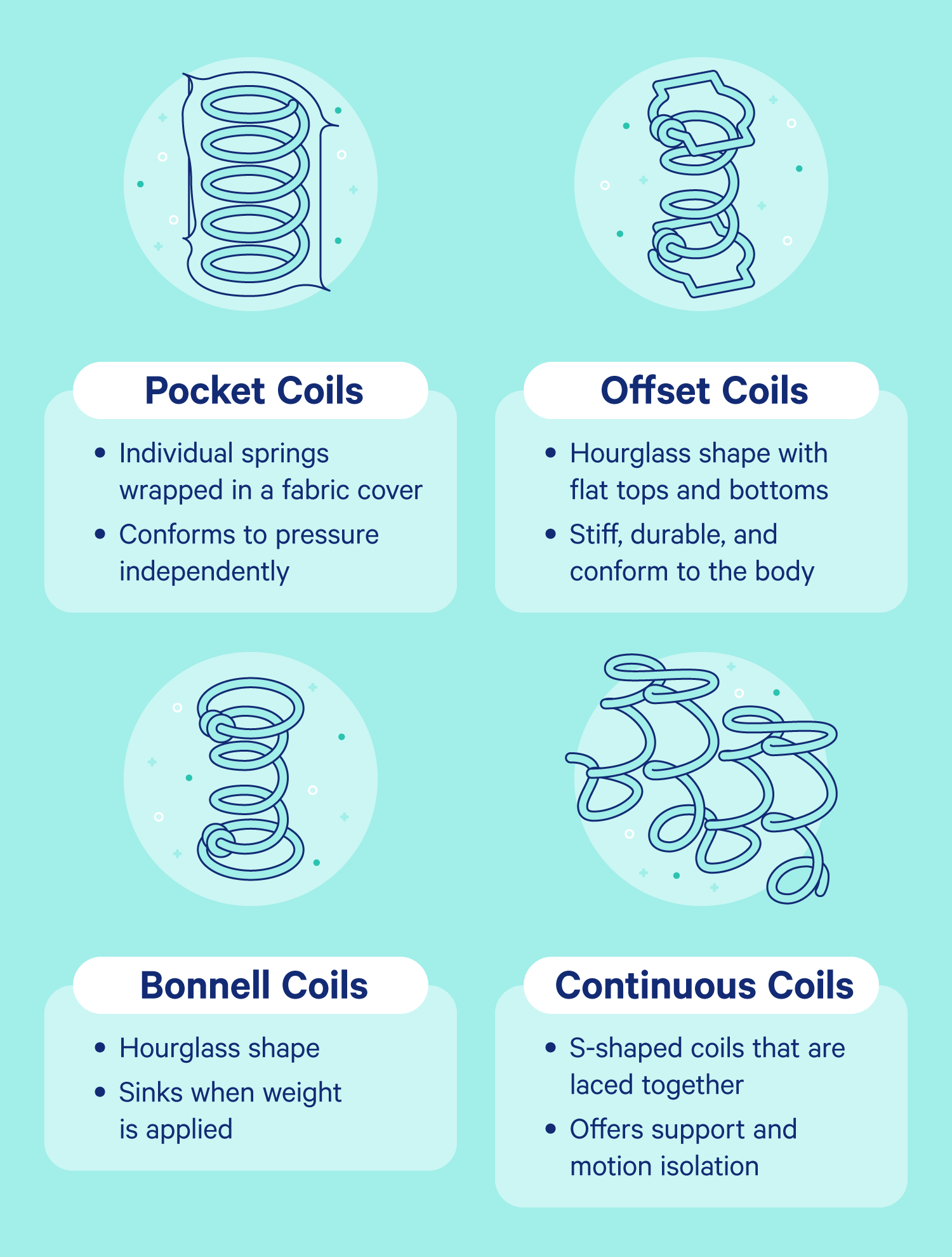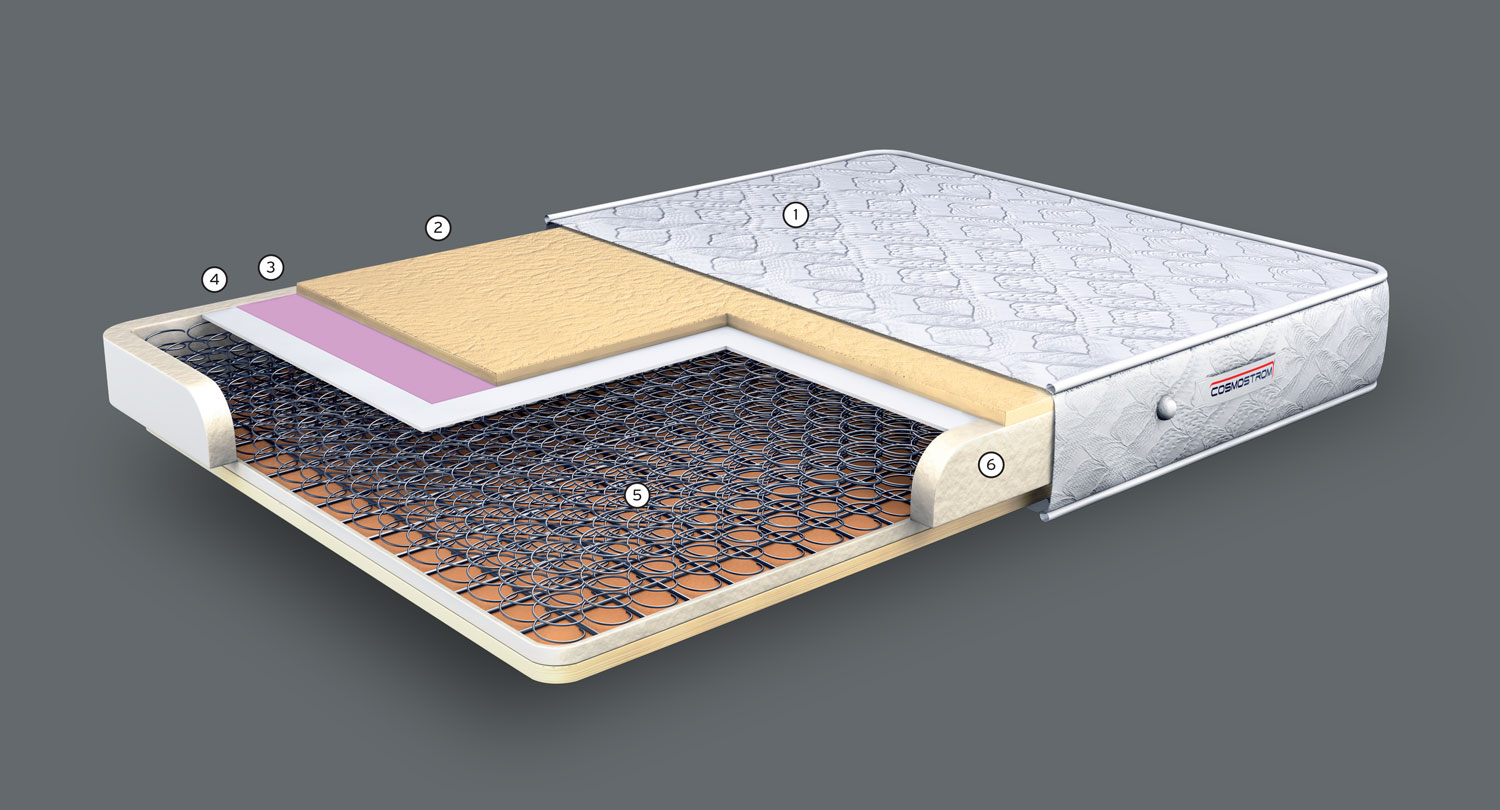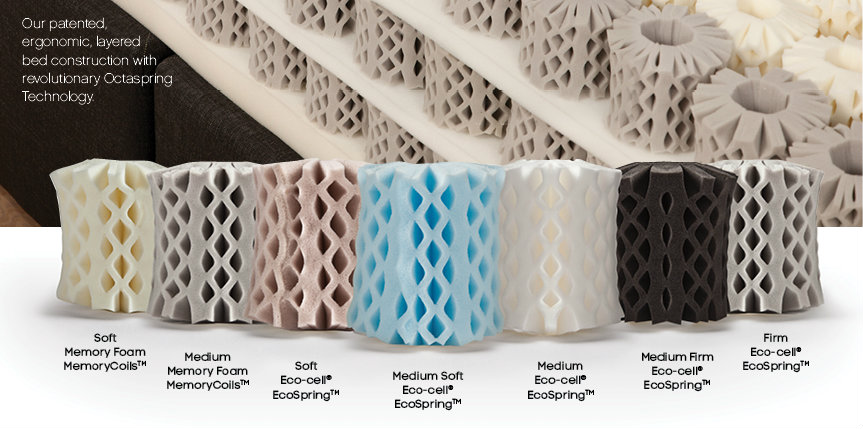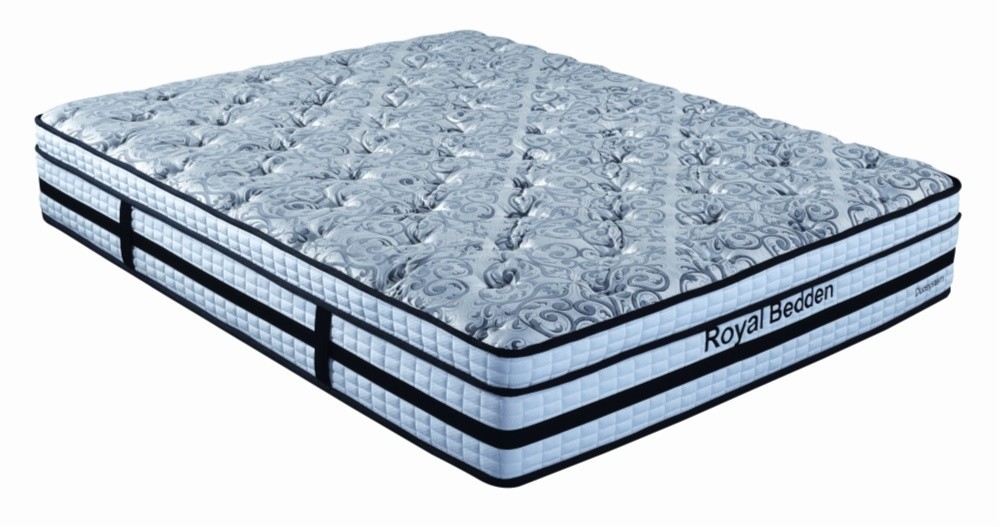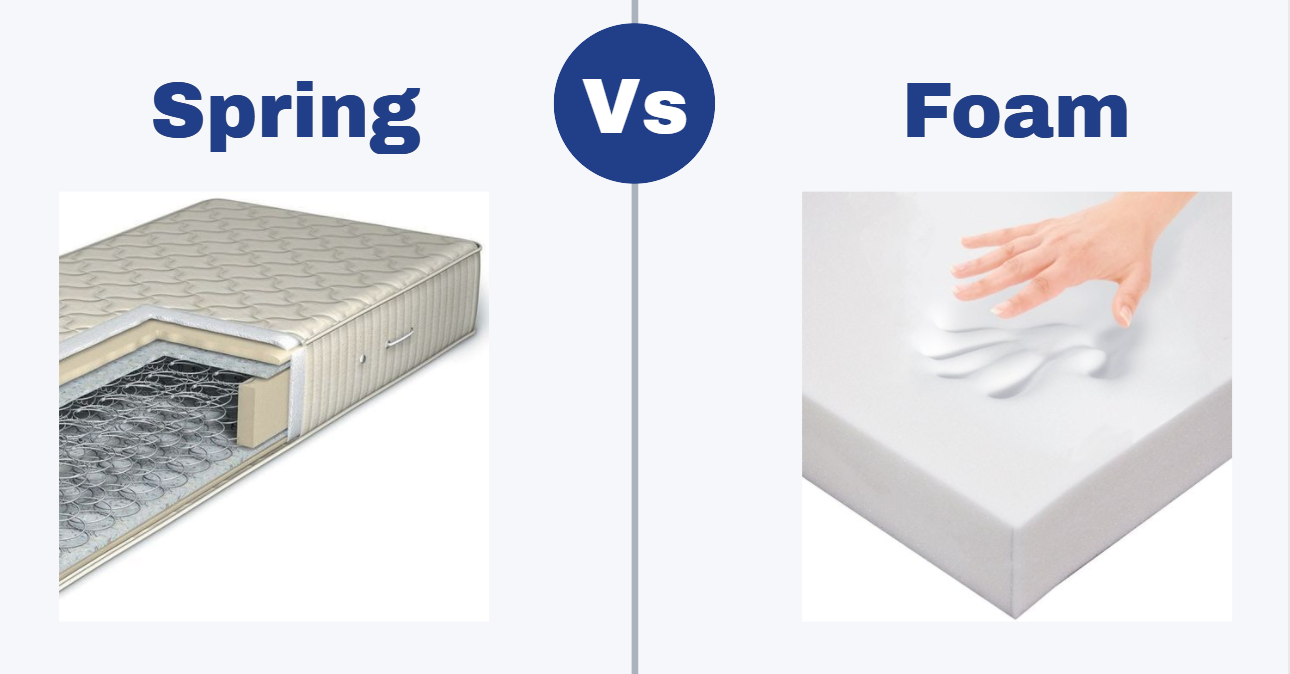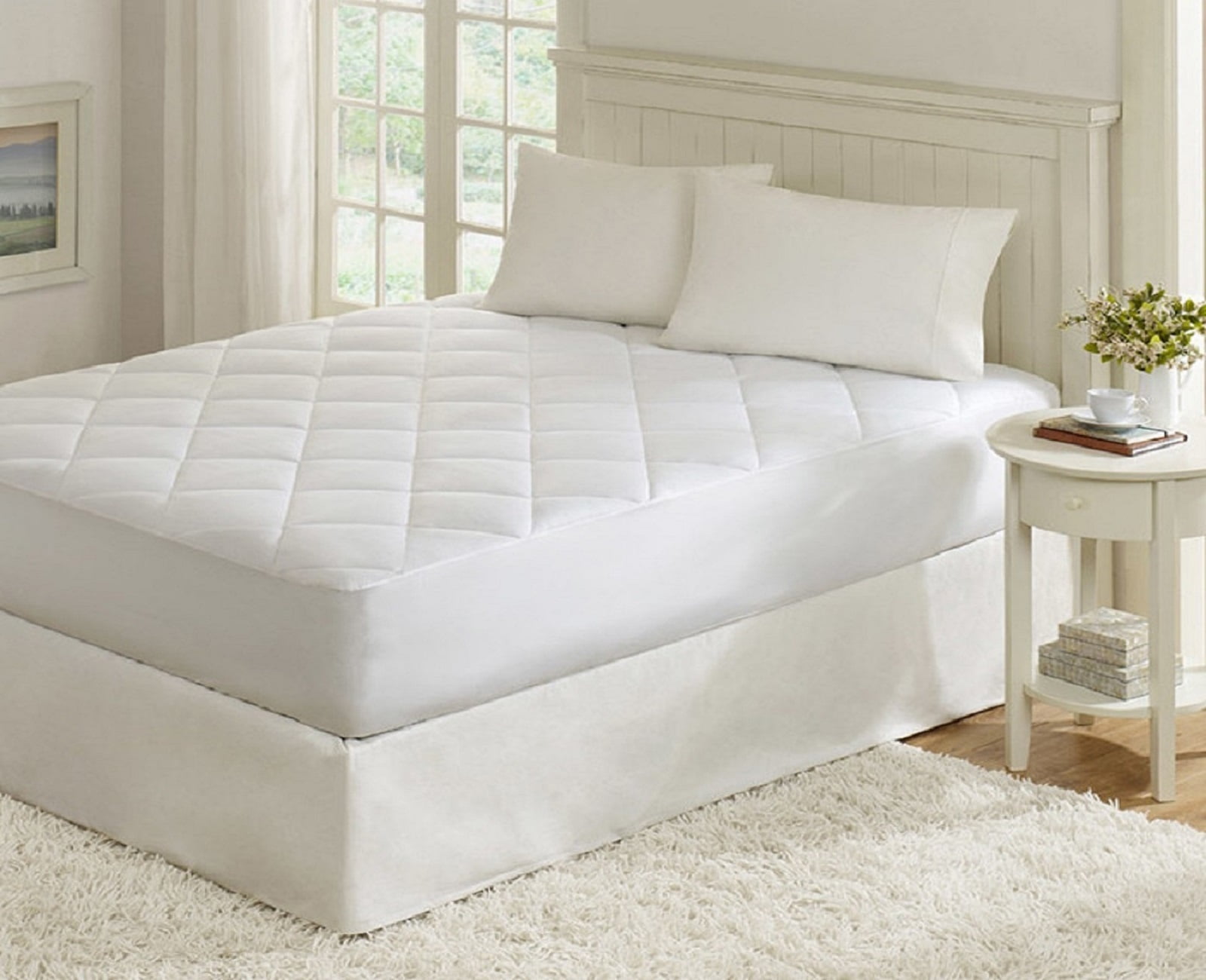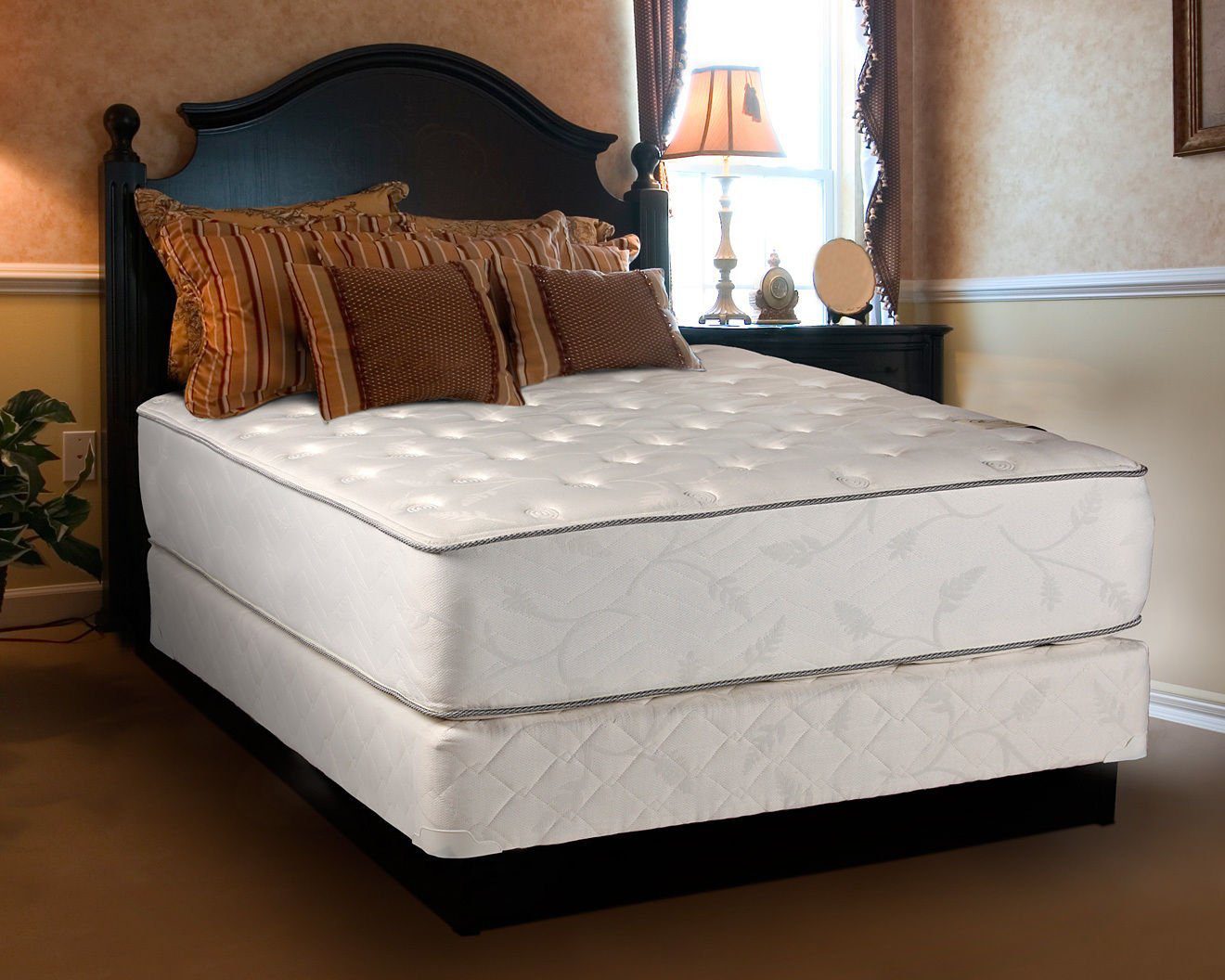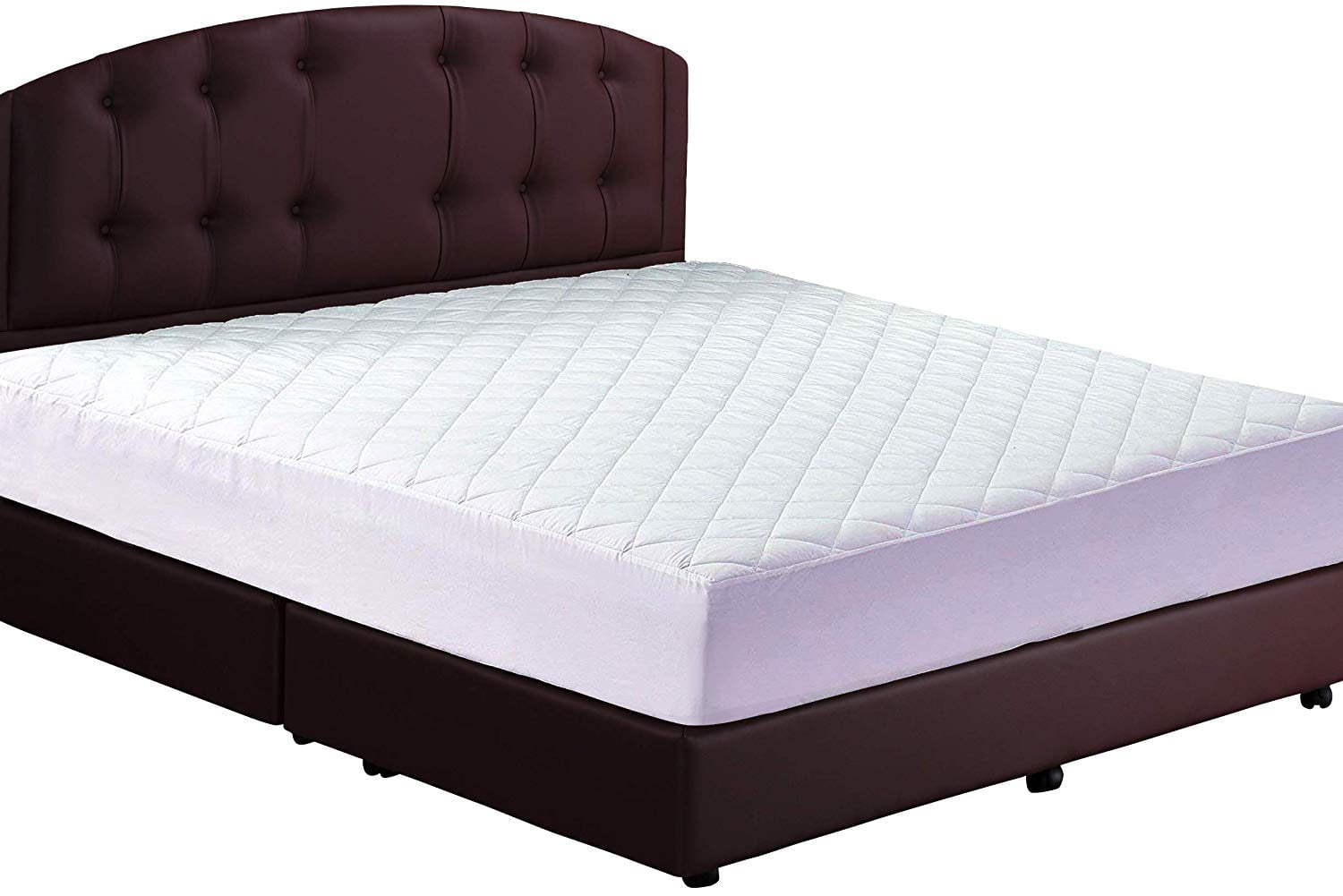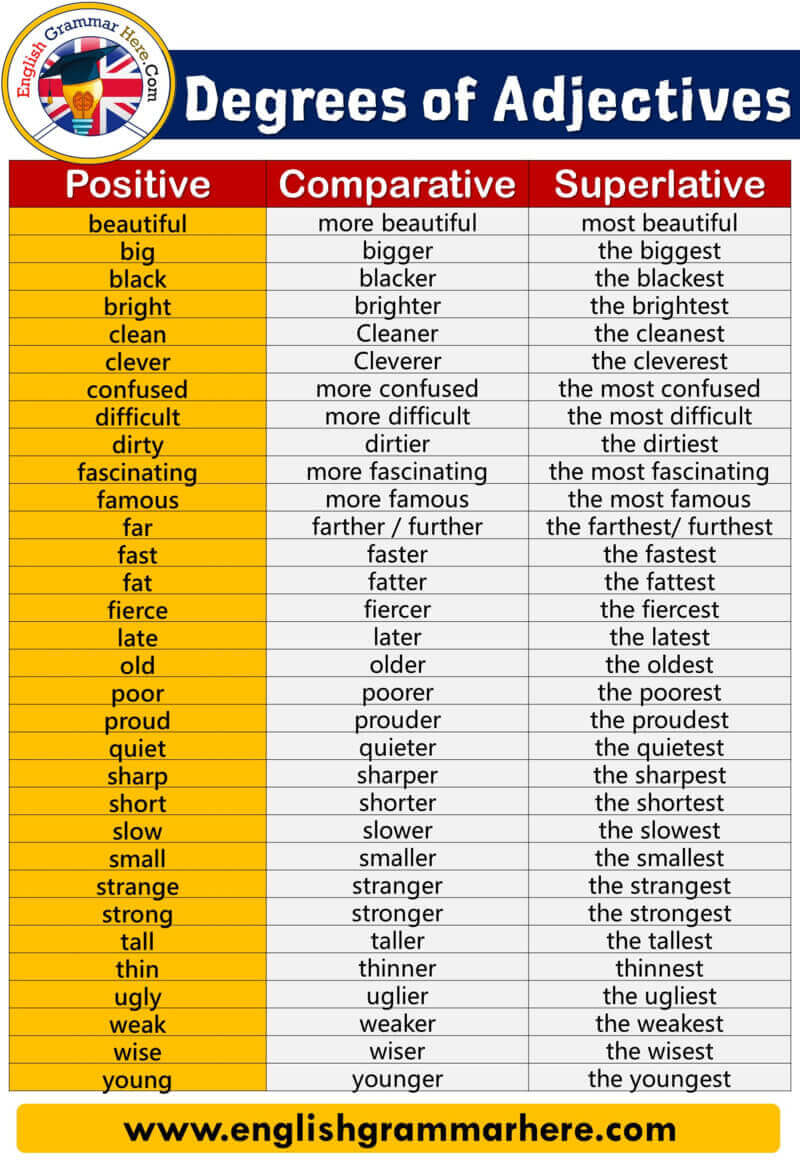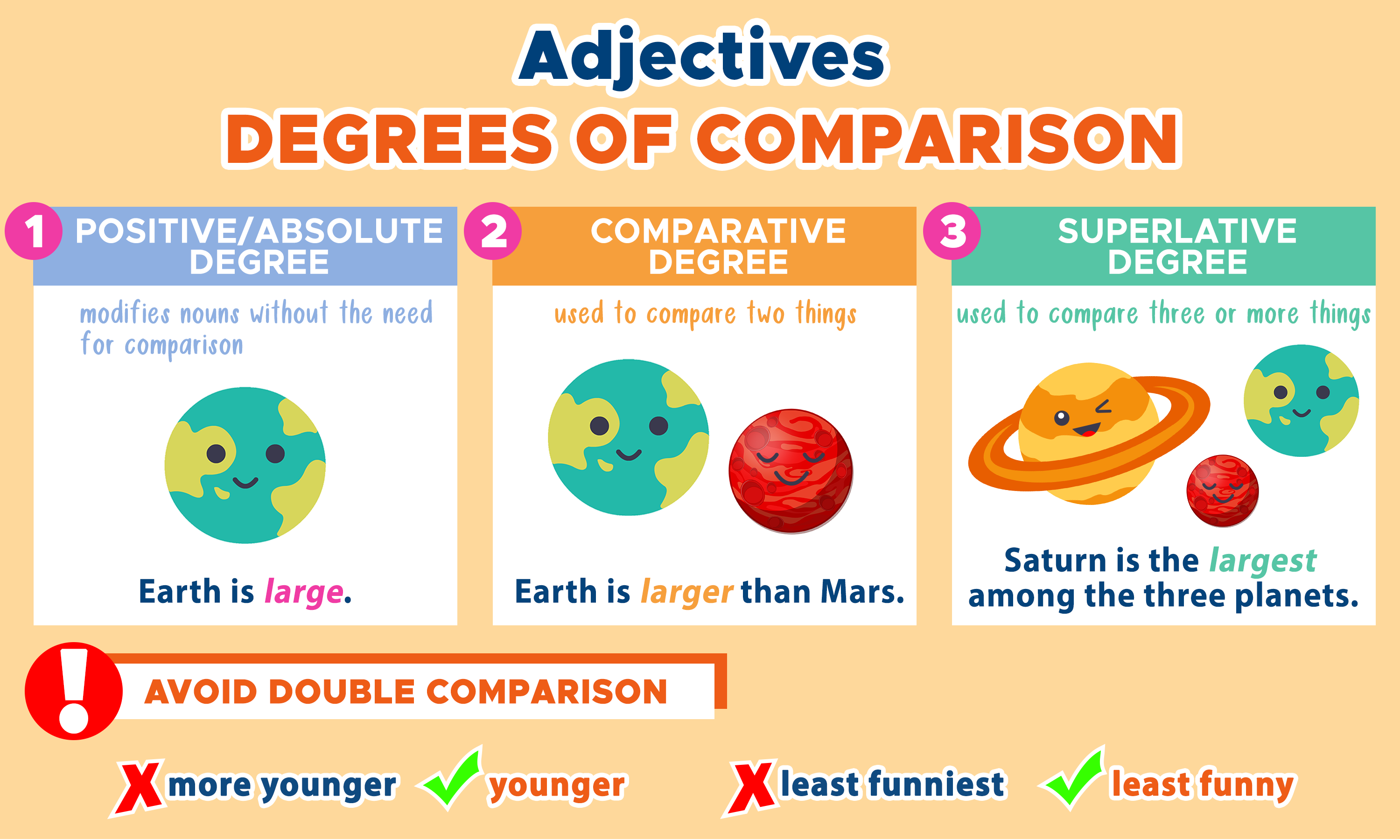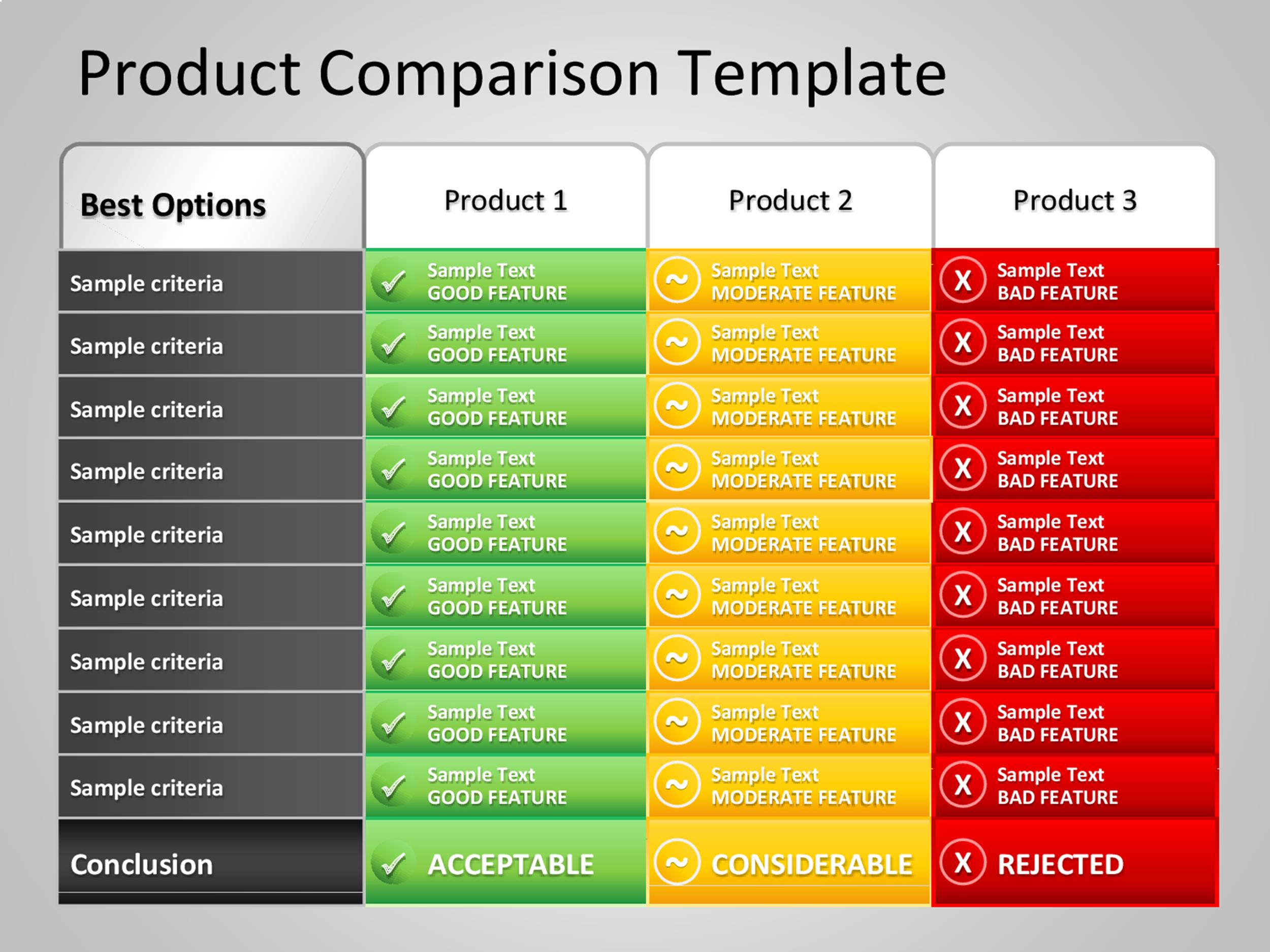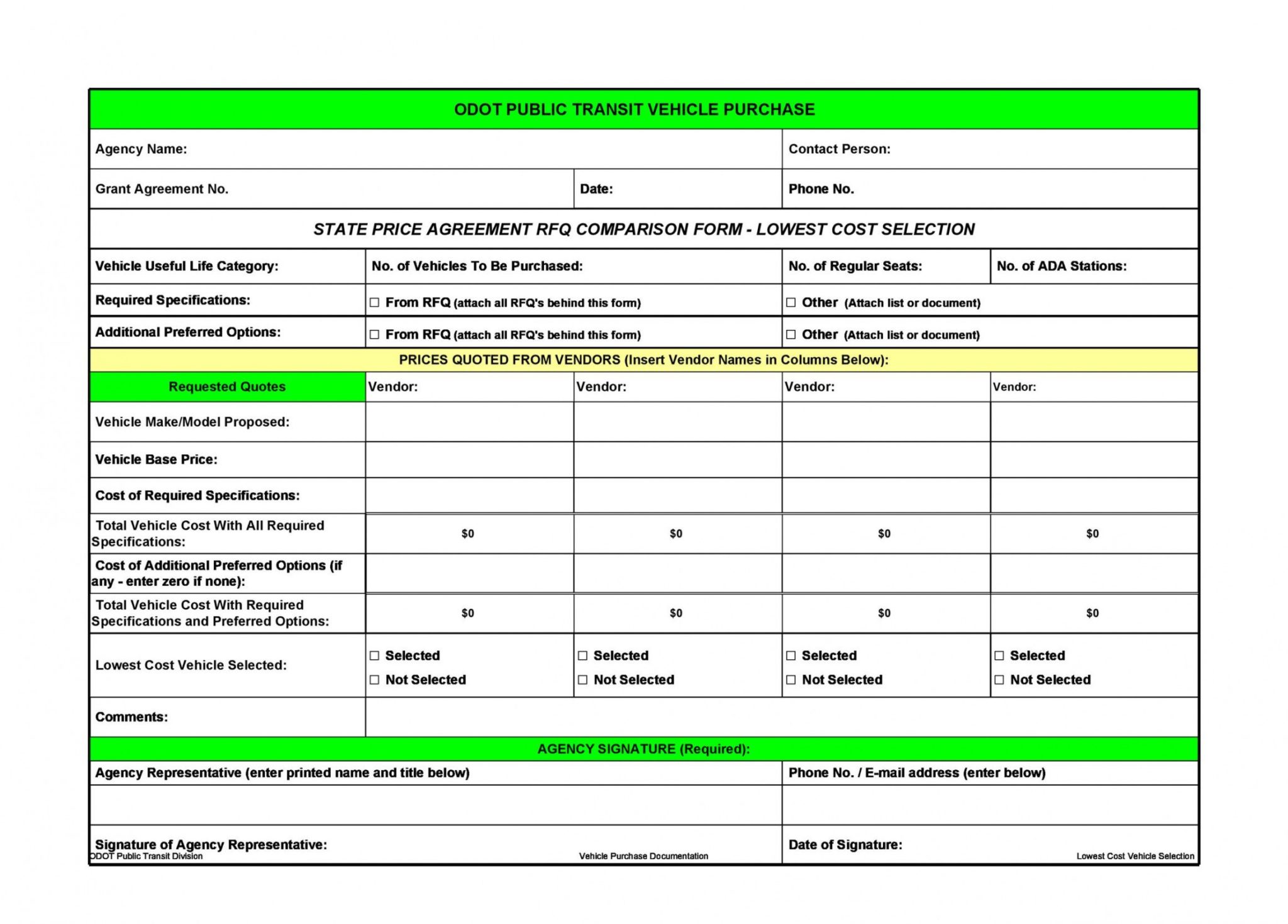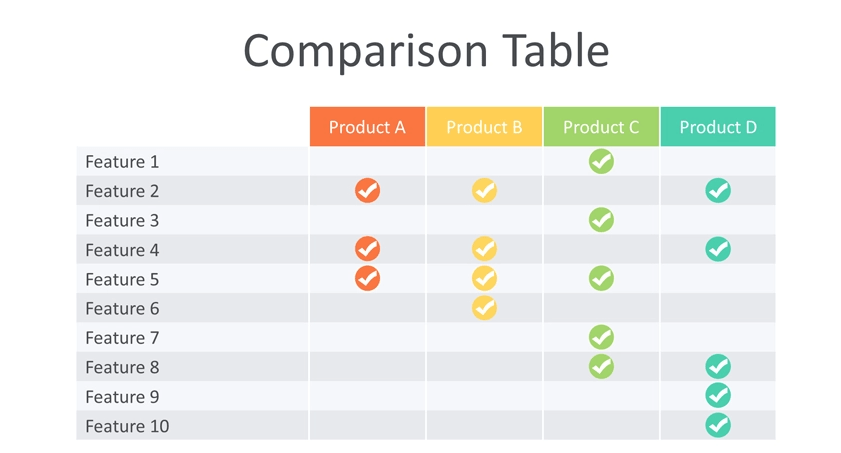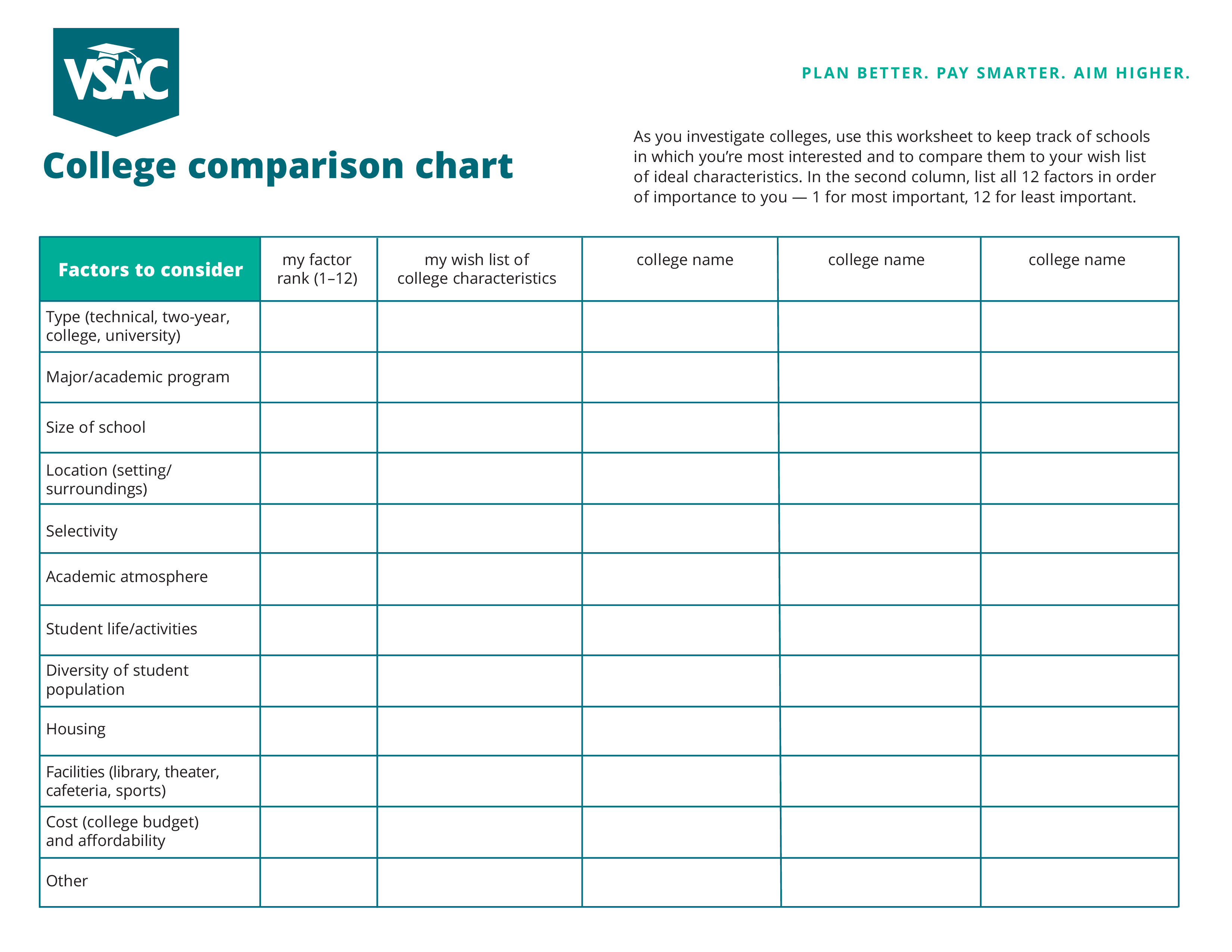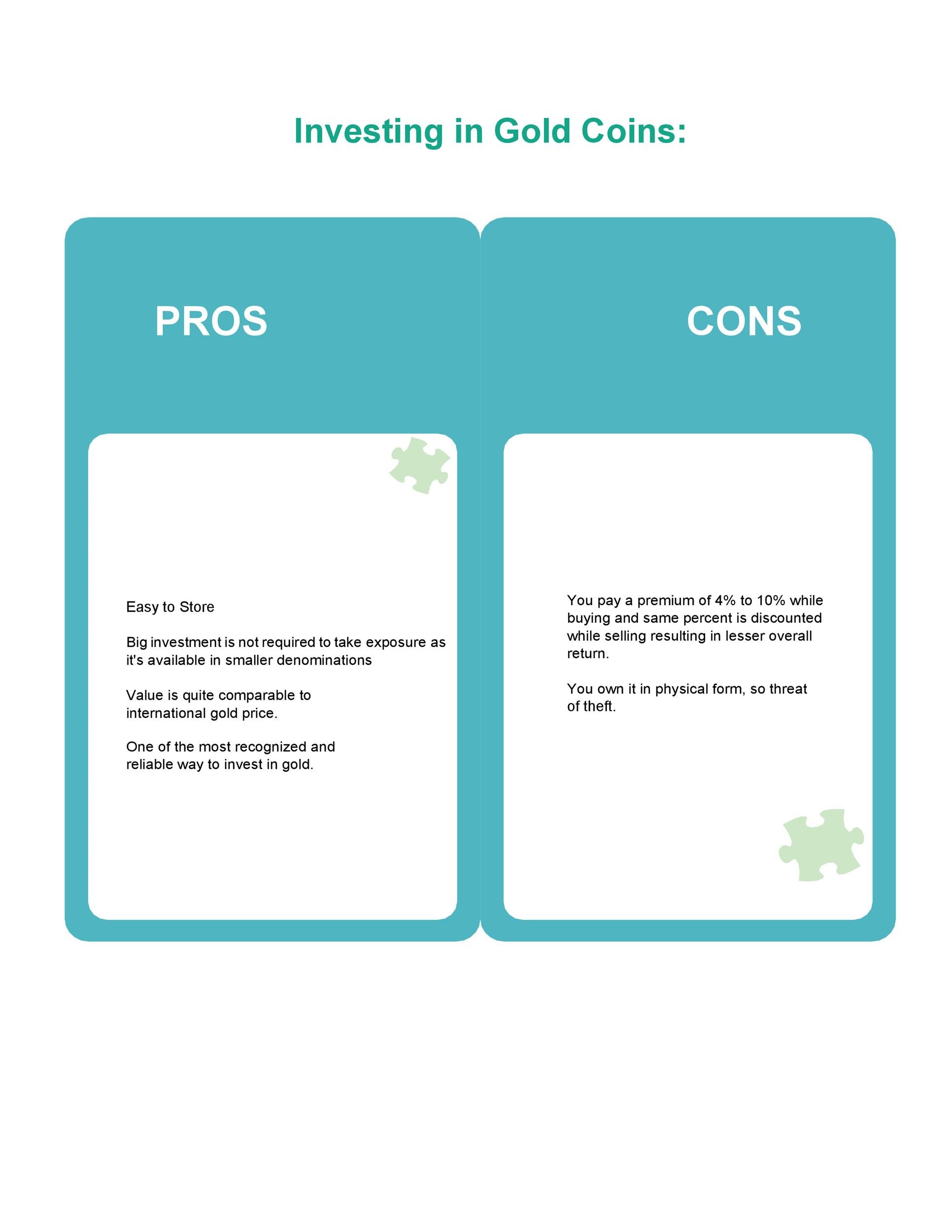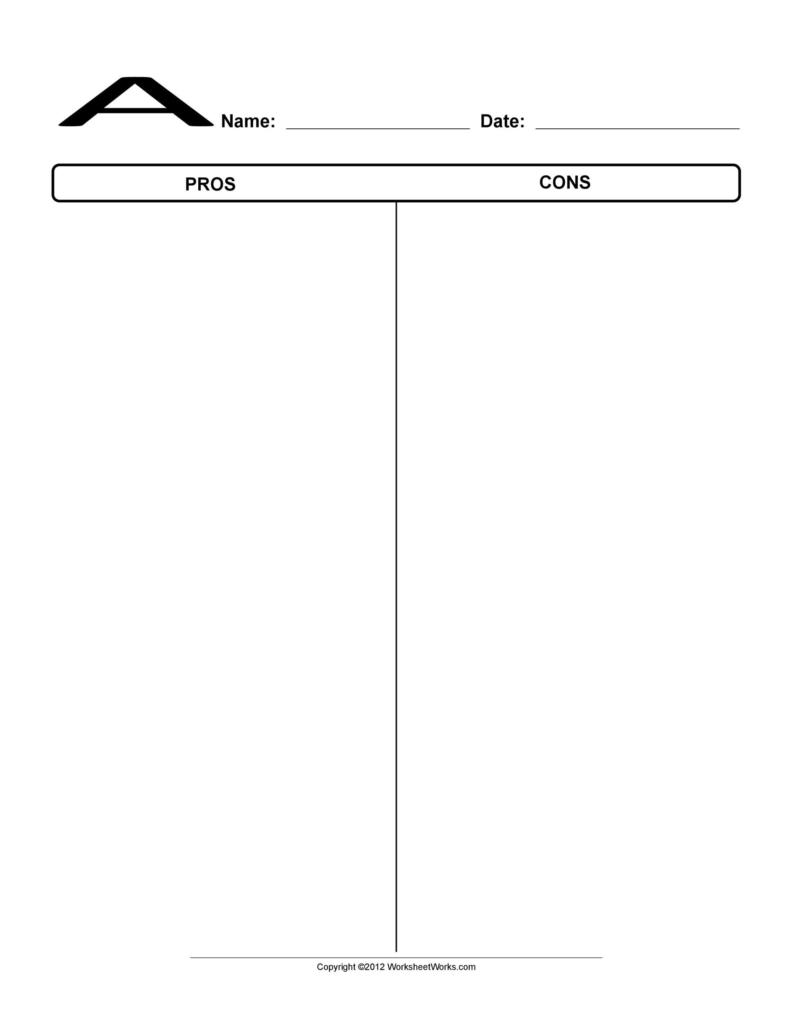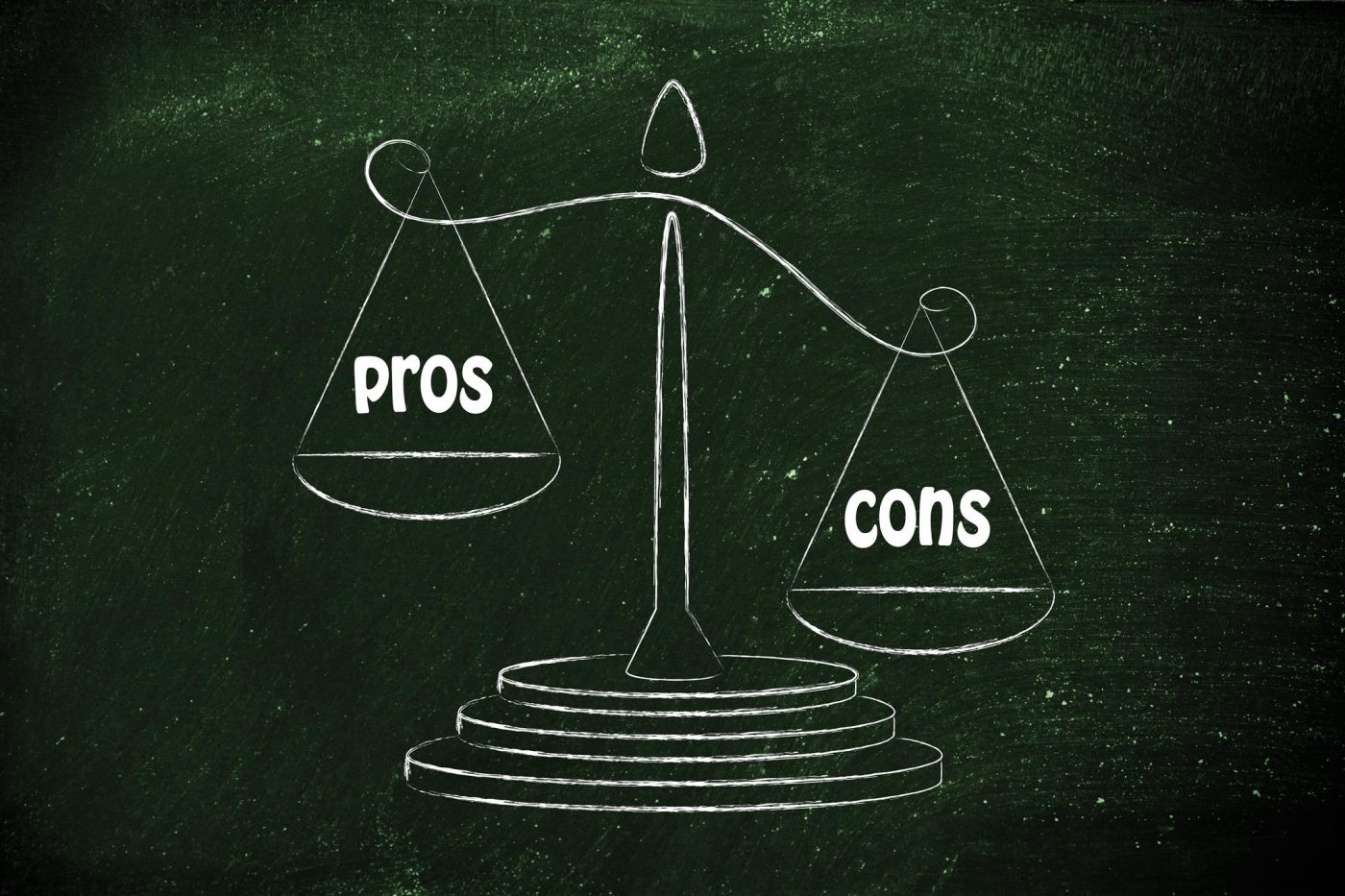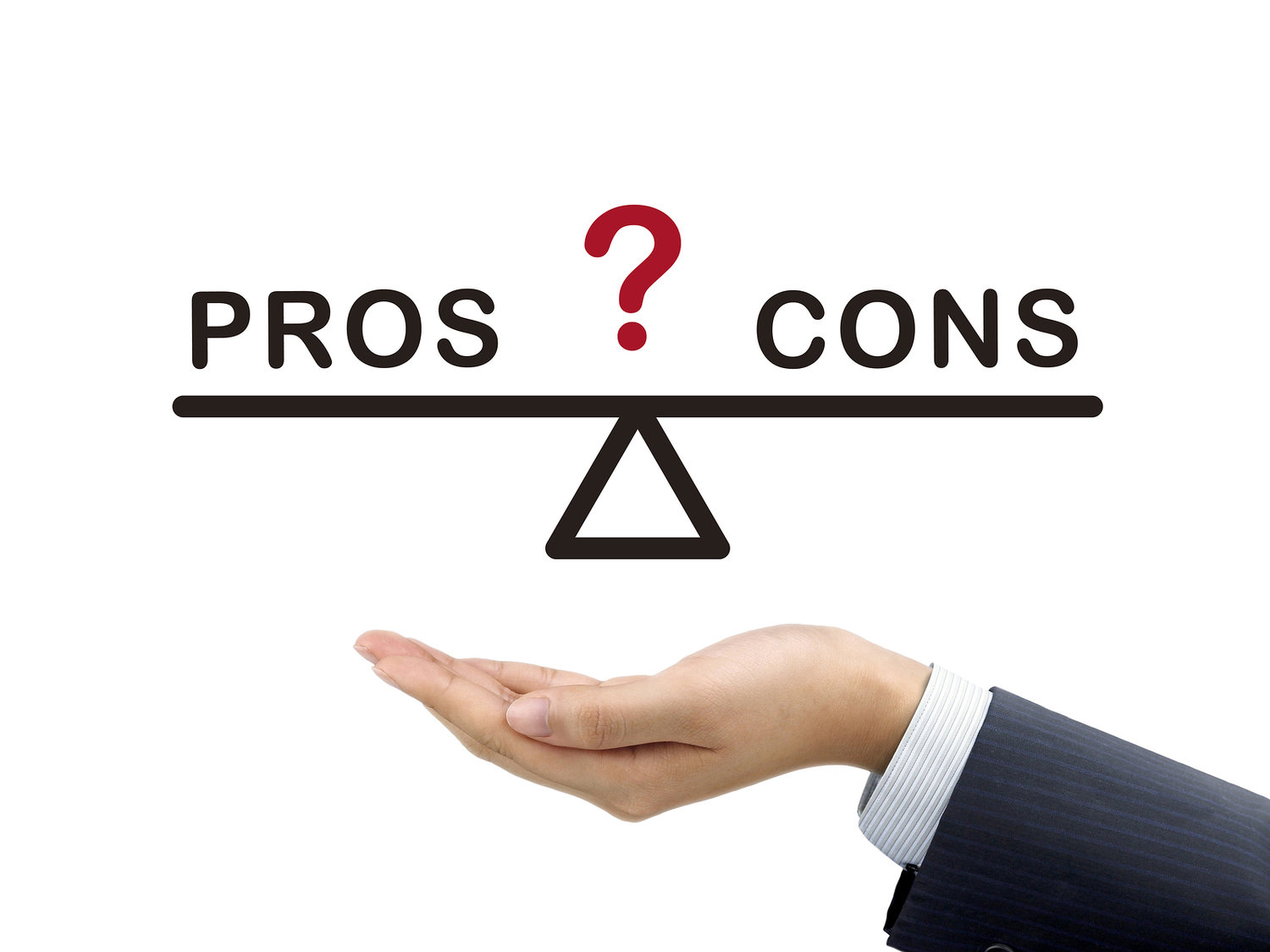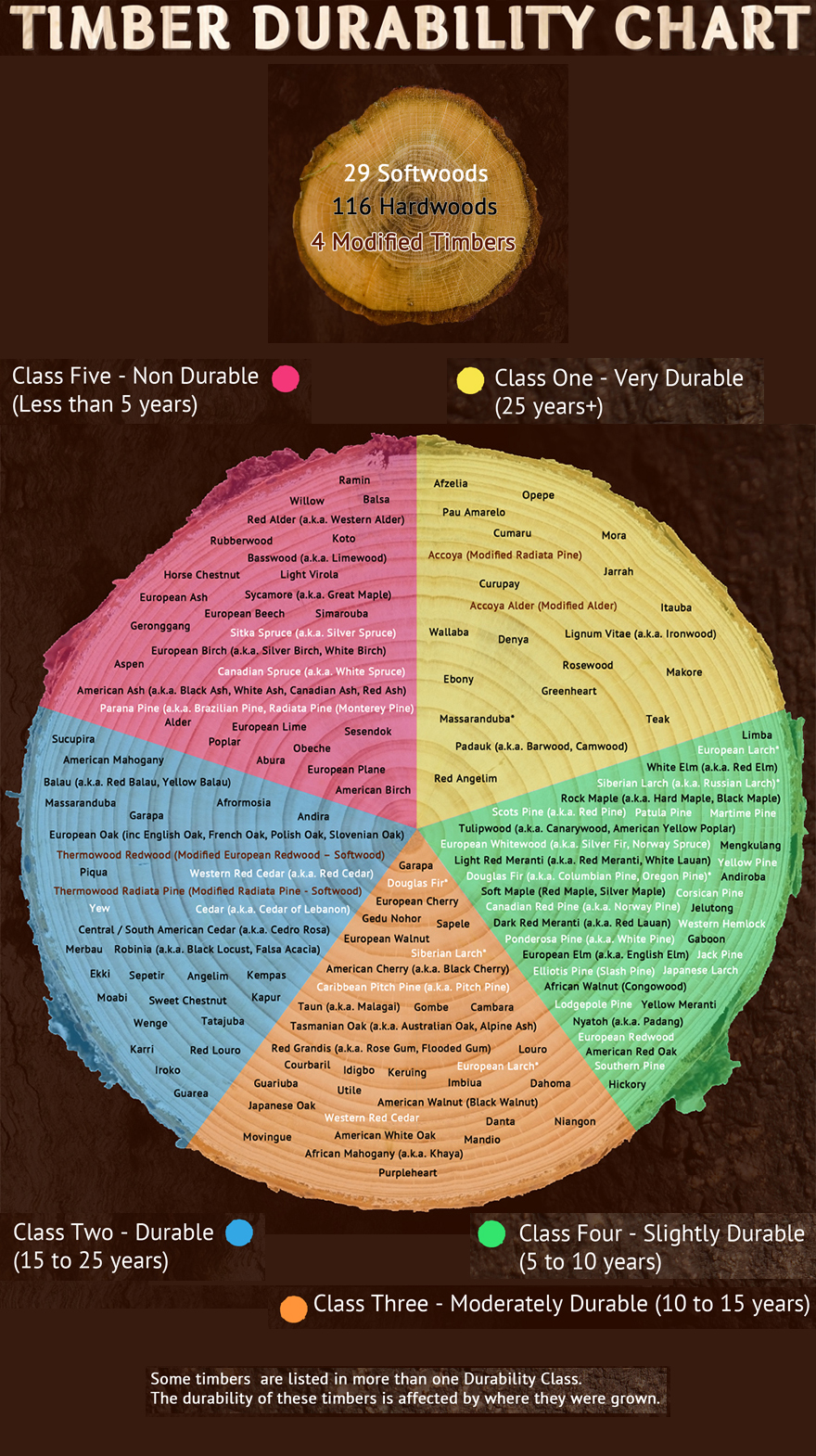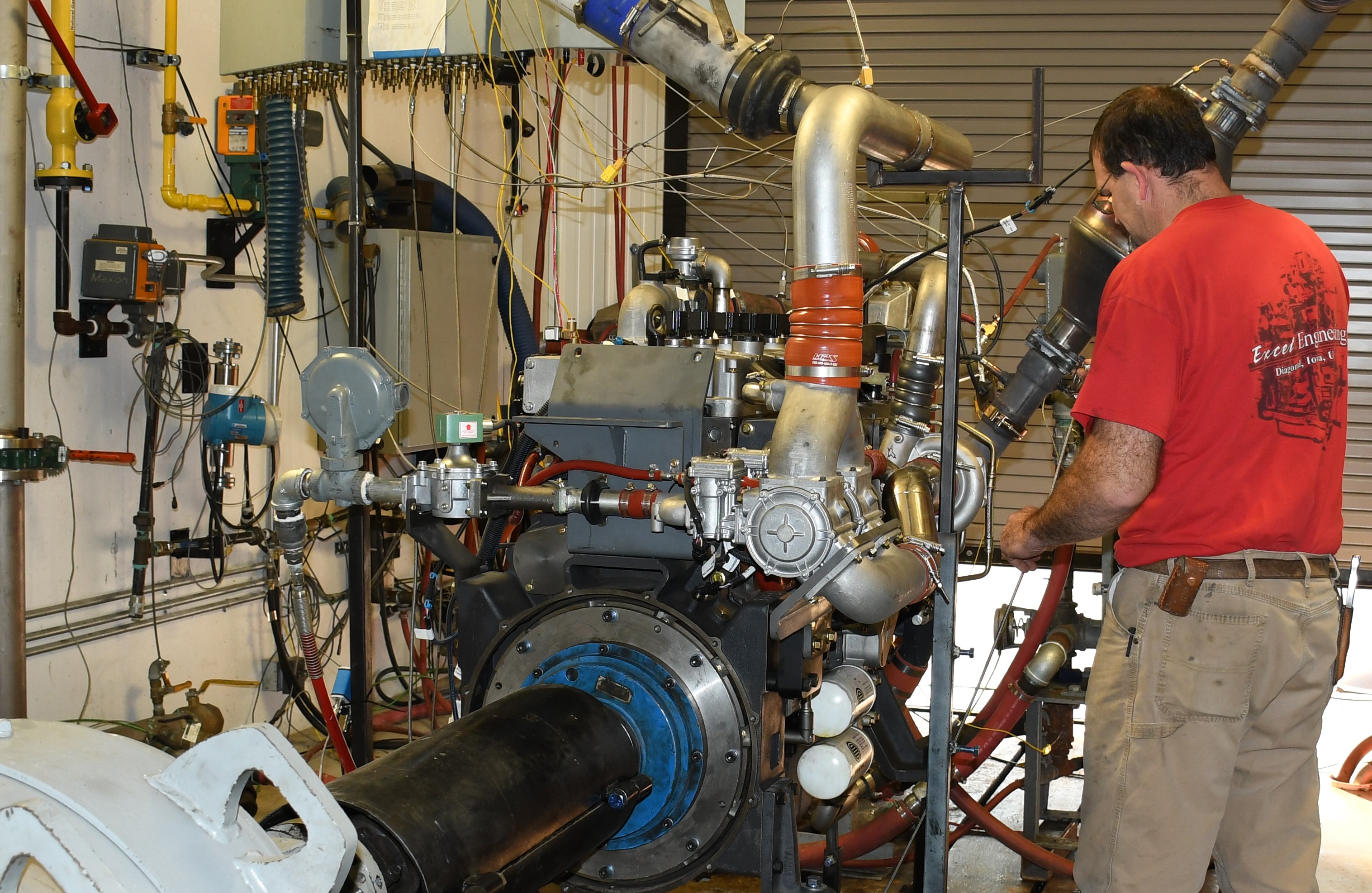When it comes to choosing the right mattress for a good night's sleep, there are plenty of options to consider. Two popular choices are memory foam and spring foam mattresses. While both offer comfortable and supportive sleeping surfaces, they have significant differences that can affect your overall sleep experience. In this article, we will compare the top 10 differences between memory foam and spring foam mattresses to help you make an informed decision.Memory Foam vs Spring Foam Mattress: Which One Should You Choose?
Memory foam mattresses are made from a viscoelastic material that molds to the shape of your body when you lie down. This provides excellent support and pressure relief, making it a popular choice for those with back or joint pain. Memory foam mattresses also have motion isolation properties, meaning that movement on one side of the bed won't disturb the other person sleeping.1. Memory Foam Mattress
Spring foam mattresses, also known as innerspring mattresses, are made up of a series of metal coils or springs. These springs provide support and bounce, making it easier to move around on the mattress. They also allow for better airflow, keeping you cool while you sleep. However, spring foam mattresses may not be as effective in relieving pressure points as memory foam mattresses.2. Spring Foam Mattress
Memory foam mattresses are made from polyurethane foam, which is known for its ability to conform to the body's shape. On the other hand, spring foam mattresses are made from steel coils, which provide support and durability. Both materials have their strengths and weaknesses, and choosing between them will depend on your personal preferences and needs.3. Comparison of Materials
When it comes to comfort, both memory foam and spring foam mattresses have their advantages. Memory foam mattresses provide a plush and contouring feel, while spring foam mattresses offer a bouncier and more supportive surface. Ultimately, it comes down to personal preference, so make sure to try out both types of mattresses before making your decision.4. Differences in Comfort
Memory foam mattresses are known for their excellent support and pressure relief. The foam conforms to your body's shape and helps to distribute your weight evenly, reducing strain on your joints. On the other hand, spring foam mattresses offer a firmer and more supportive surface, making them a better option for those who prefer a more traditional feel.5. Support and Durability
Memory foam mattresses have become increasingly popular in recent years due to their ability to relieve pressure points and provide excellent support. They are also hypoallergenic and great for those with allergies. However, memory foam mattresses can retain heat, which can be uncomfortable for some people, and they may have a slight chemical smell when first unpacked.6. Pros and Cons of Memory Foam Mattresses
Spring foam mattresses have been around for a long time and are still a popular choice among many people. They offer excellent support and durability and are generally more affordable than memory foam mattresses. However, they may not provide as much pressure relief and can be noisy due to the metal coils.7. Pros and Cons of Spring Foam Mattresses
When it comes to price, memory foam mattresses tend to be more expensive than spring foam mattresses. This is due to the materials and technology used in their construction. However, it's important to keep in mind that a good quality mattress is an investment in your health and well-being, and it's worth spending a bit more for a better night's sleep.8. Price Comparison
Memory foam mattresses are known for their durability and can last up to 10 years with proper care. They also require minimal maintenance, with occasional spot cleaning and rotating every few months. Spring foam mattresses can also last for several years but may require more maintenance, such as flipping and rotating regularly to prevent sagging.9. Longevity and Maintenance
Additional Benefits of Memory Foam Mattresses
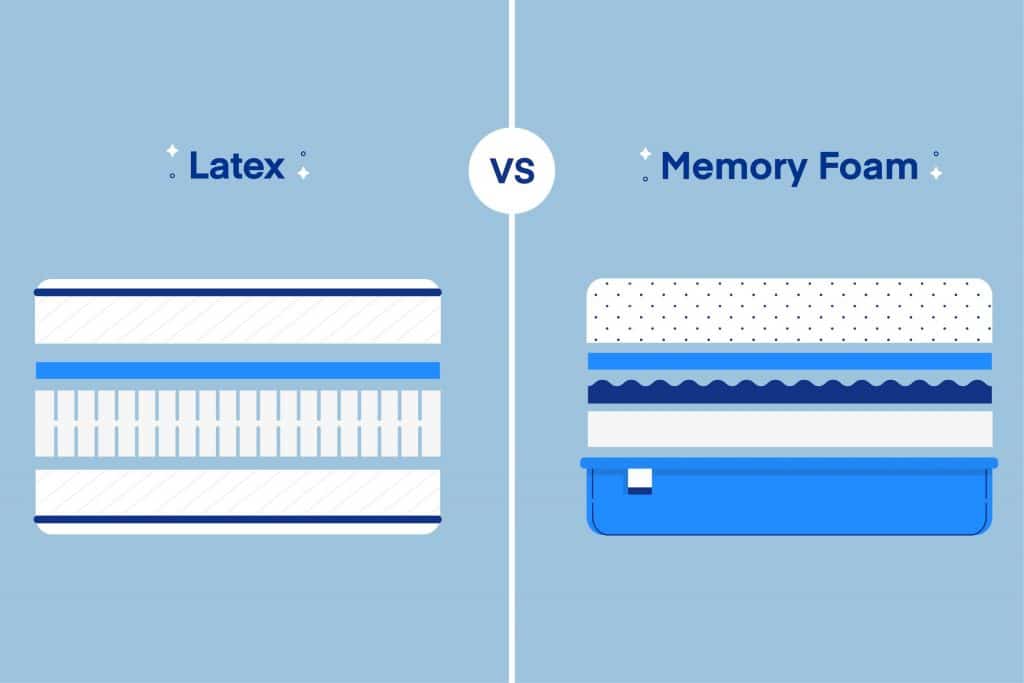
Pressure Relief and Support
 One of the most significant advantages of a memory foam mattress is its ability to evenly distribute body weight and relieve pressure points. The material conforms to the body's shape, providing cushioning and support where it's needed most. This is especially beneficial for individuals who suffer from chronic pain or have underlying health issues. The memory foam also helps to maintain proper spinal alignment, promoting better sleep and reducing aches and pains.
One of the most significant advantages of a memory foam mattress is its ability to evenly distribute body weight and relieve pressure points. The material conforms to the body's shape, providing cushioning and support where it's needed most. This is especially beneficial for individuals who suffer from chronic pain or have underlying health issues. The memory foam also helps to maintain proper spinal alignment, promoting better sleep and reducing aches and pains.
Motion Isolation
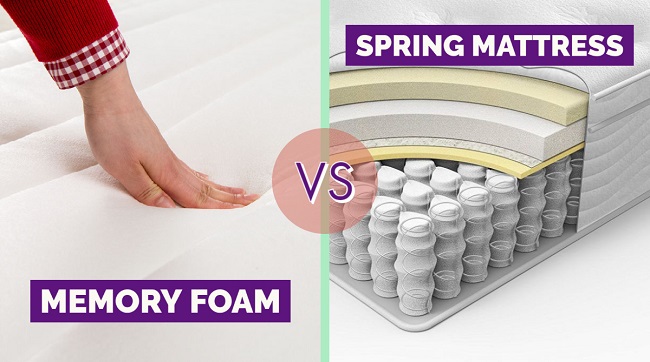 One of the most common complaints about traditional spring mattresses is their tendency to transfer motion from one side of the bed to the other. This can be a major disturbance for couples or anyone who shares a bed with a restless sleeper. However, memory foam mattresses have minimal motion transfer, making them an excellent choice for light sleepers or those who are easily disturbed by movement.
One of the most common complaints about traditional spring mattresses is their tendency to transfer motion from one side of the bed to the other. This can be a major disturbance for couples or anyone who shares a bed with a restless sleeper. However, memory foam mattresses have minimal motion transfer, making them an excellent choice for light sleepers or those who are easily disturbed by movement.
Durability
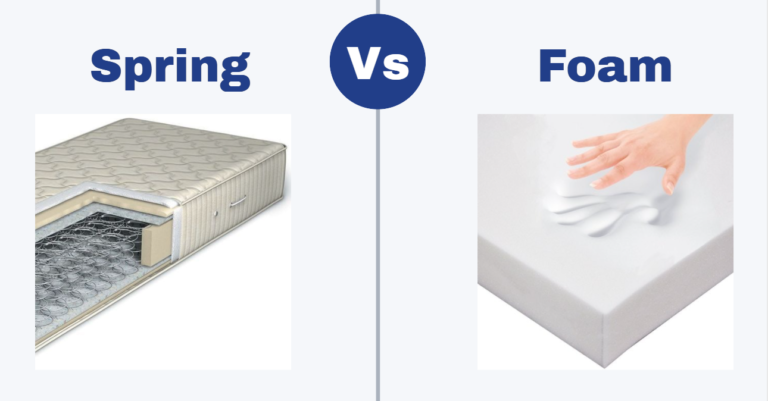 Memory foam mattresses are known for their longevity and durability. The dense and resilient foam material is designed to withstand daily use without sagging or losing its shape. This makes them a sound investment for those looking for a long-lasting mattress. Additionally, many memory foam mattresses come with extended warranties, giving consumers peace of mind and added value.
Memory foam mattresses are known for their longevity and durability. The dense and resilient foam material is designed to withstand daily use without sagging or losing its shape. This makes them a sound investment for those looking for a long-lasting mattress. Additionally, many memory foam mattresses come with extended warranties, giving consumers peace of mind and added value.
Hypoallergenic Properties
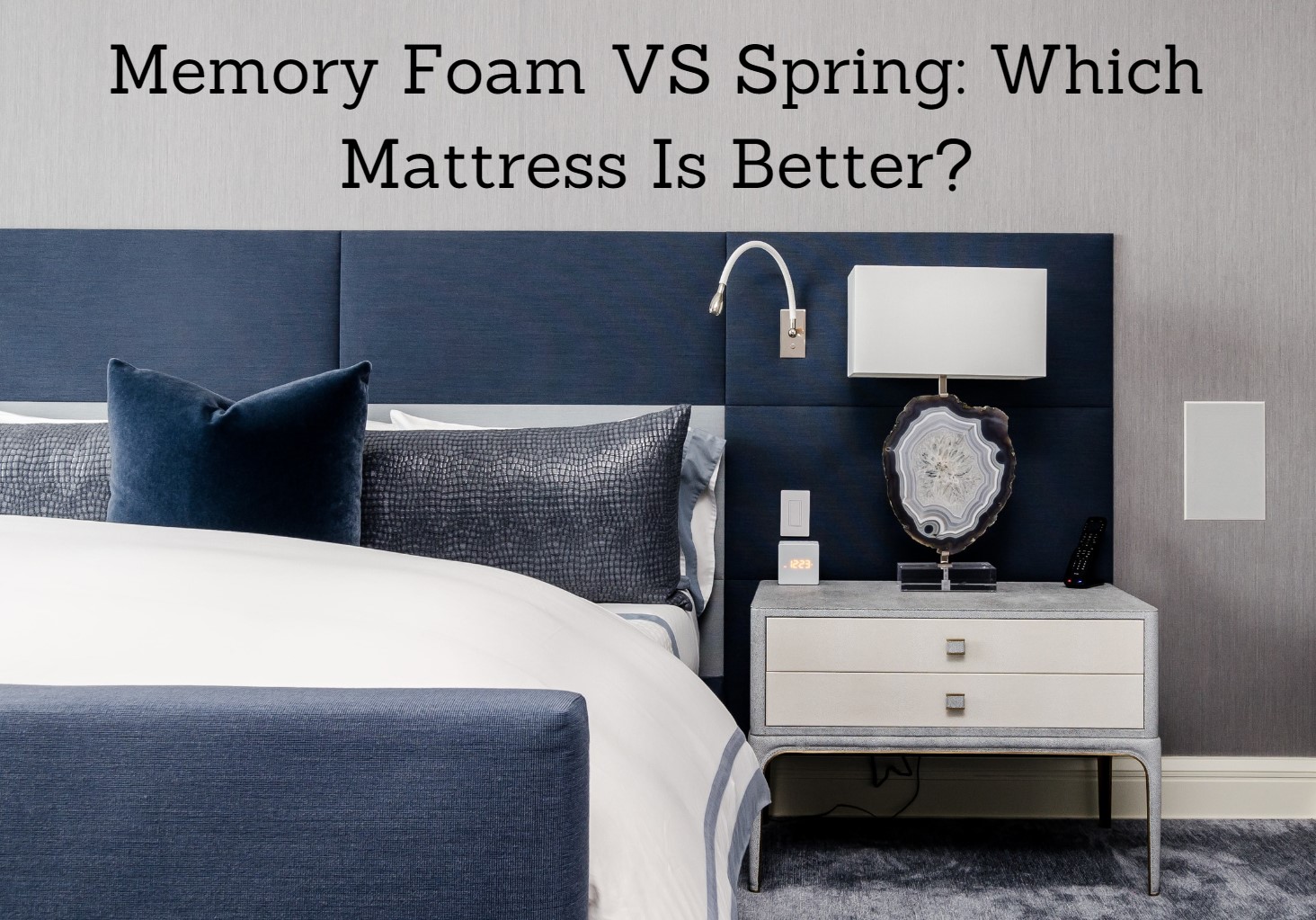 For individuals who suffer from allergies or asthma, a memory foam mattress can be a game-changer. Traditional spring mattresses can harbor dust mites, mold, and other allergens, which can lead to respiratory problems and disrupted sleep. Memory foam, on the other hand, is naturally resistant to dust mites and mold, creating a healthier sleeping environment for those with allergies.
In conclusion,
while both memory foam and spring mattresses have their own unique benefits, memory foam offers a more tailored and comfortable sleep experience. From pressure relief and motion isolation to durability and hypoallergenic properties, it's clear that memory foam mattresses are a top choice for a good night's sleep. Consider all of these factors when deciding on the best mattress for your needs and preferences.
For individuals who suffer from allergies or asthma, a memory foam mattress can be a game-changer. Traditional spring mattresses can harbor dust mites, mold, and other allergens, which can lead to respiratory problems and disrupted sleep. Memory foam, on the other hand, is naturally resistant to dust mites and mold, creating a healthier sleeping environment for those with allergies.
In conclusion,
while both memory foam and spring mattresses have their own unique benefits, memory foam offers a more tailored and comfortable sleep experience. From pressure relief and motion isolation to durability and hypoallergenic properties, it's clear that memory foam mattresses are a top choice for a good night's sleep. Consider all of these factors when deciding on the best mattress for your needs and preferences.

